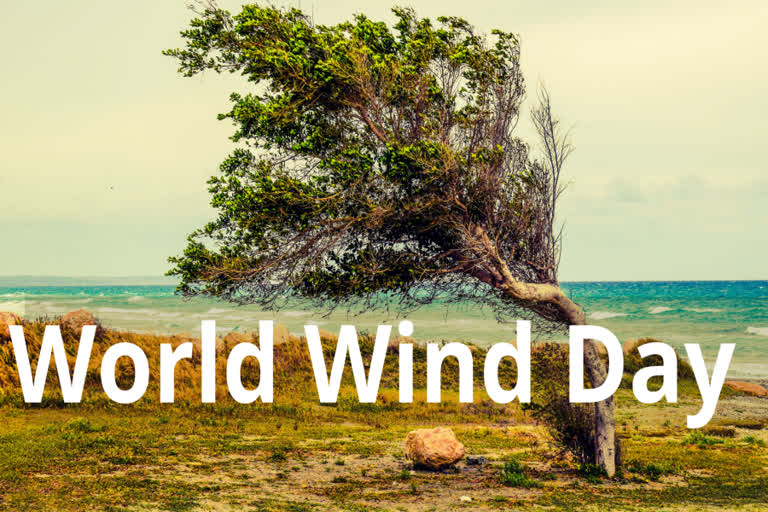Hyderabad: Global Wind Day or World Wind Day is celebrated on 15 June. The first observance of Global Wind Day took place in Europe in 2007. However, in just 2 years, the event was started to observed on a global level in 2009.
With the total wind installed capacity of around 37,794 MW as of 31st March 2020, India is the world’s fourth-largest country in terms of total wind installations after China, the USA and Germany. Wind power has become one of the key renewable energy sources for power generation in India, contributing a share of at least 6-7% to the country’s electricity generation mix at present
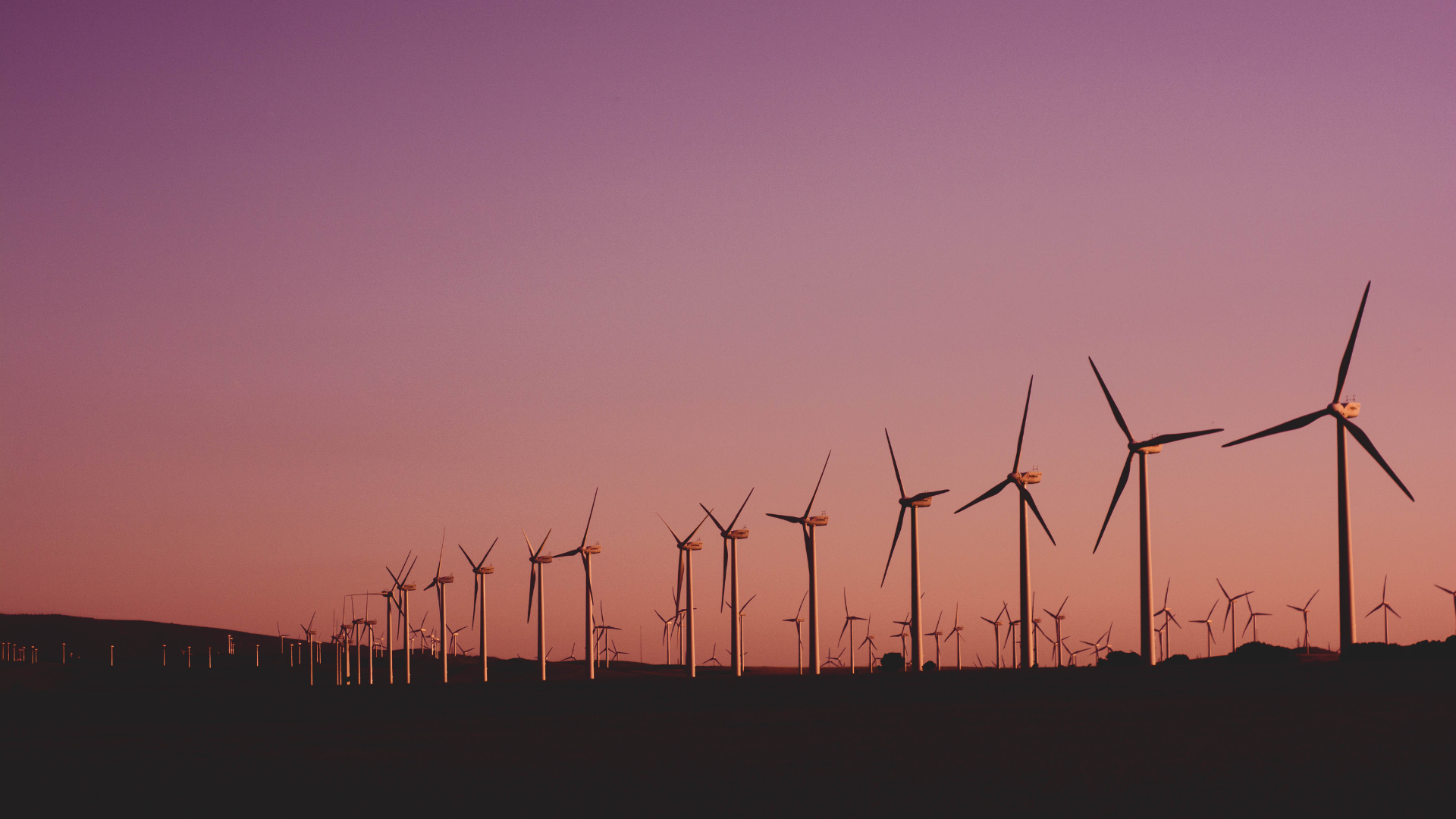
History Of Wind Day:
Global Wind Day, like every year, will be observed on June 15 this year, which will fall on Tuesday. The first observance of Global Wind Day first took place in Europe in 2007. However, in just 2 years, the event was started to observed on a global level in 2009.
Global Wind Day is organized by the Global Wind Energy Council (GWEC) and WindEurope (WE) organizations. The event’s importance and popularity have gone from strength to strength since its inception. To explain it in numbers, Global Wind Day was celebrated in 30 countries in 2011. The number has now grown to 80 countries as per the latest data.
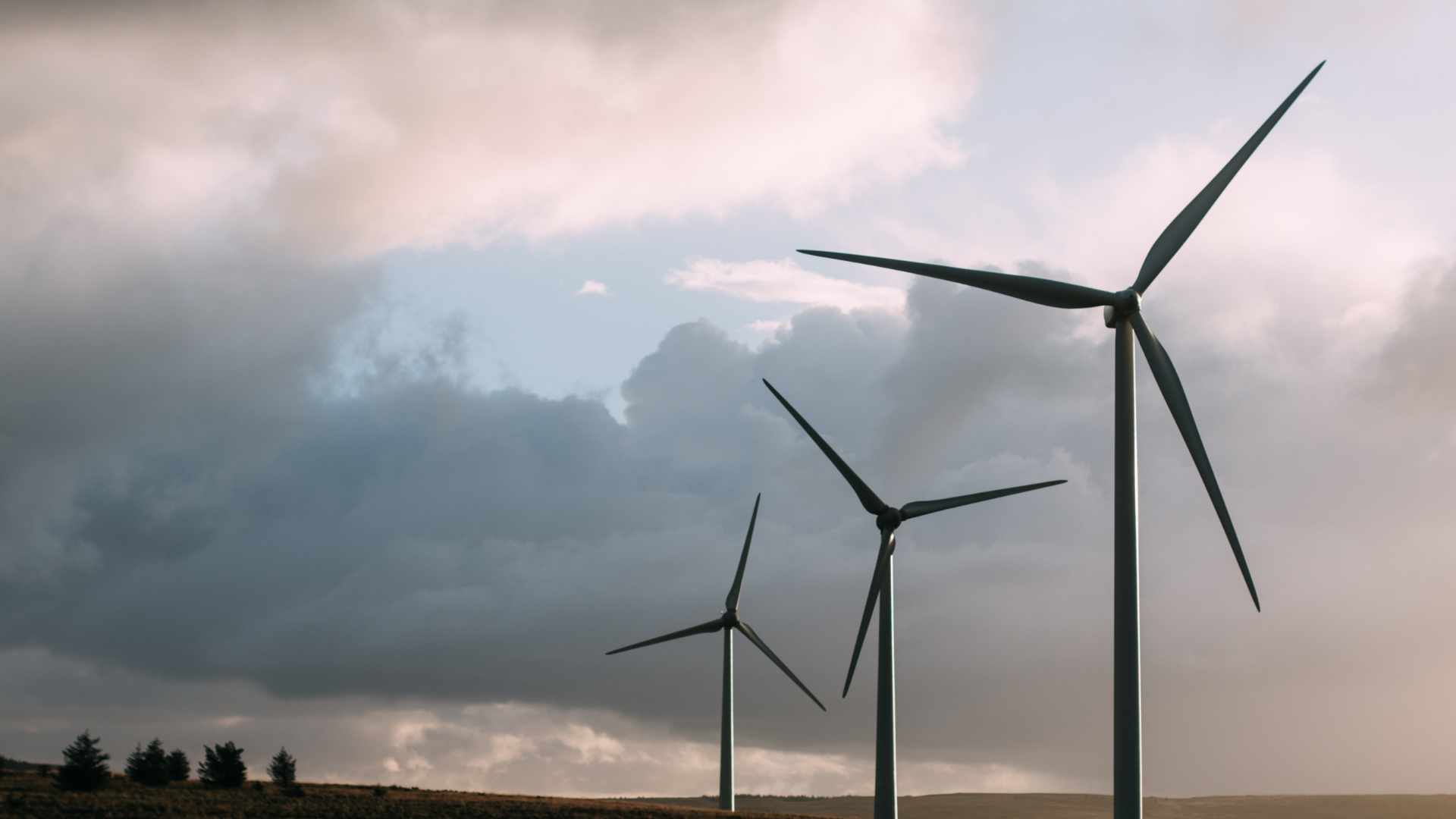
What is Wind Energy?
The wind is a form of energy. This is due to differences in air pressure within our atmosphere. Under high pressure, the air moves towards areas of low pressure. The more the pressure varies, the faster the wind blows. For example, it happened during the time of cyclone Vayu which hit the State of Gujarat. It is also a thunderstorm that can cause landfills. Winds can range from light air to tornadoes and storms or cyclones at speeds of hundreds of kilometres per hour on hot summer days.
When we look at the air, it doesn’t seem to be anything, but its presence can be seen during a storm. Wind can lift roofs from buildings, blow up power lines, push accidents on highways, cars, trucks, etc.
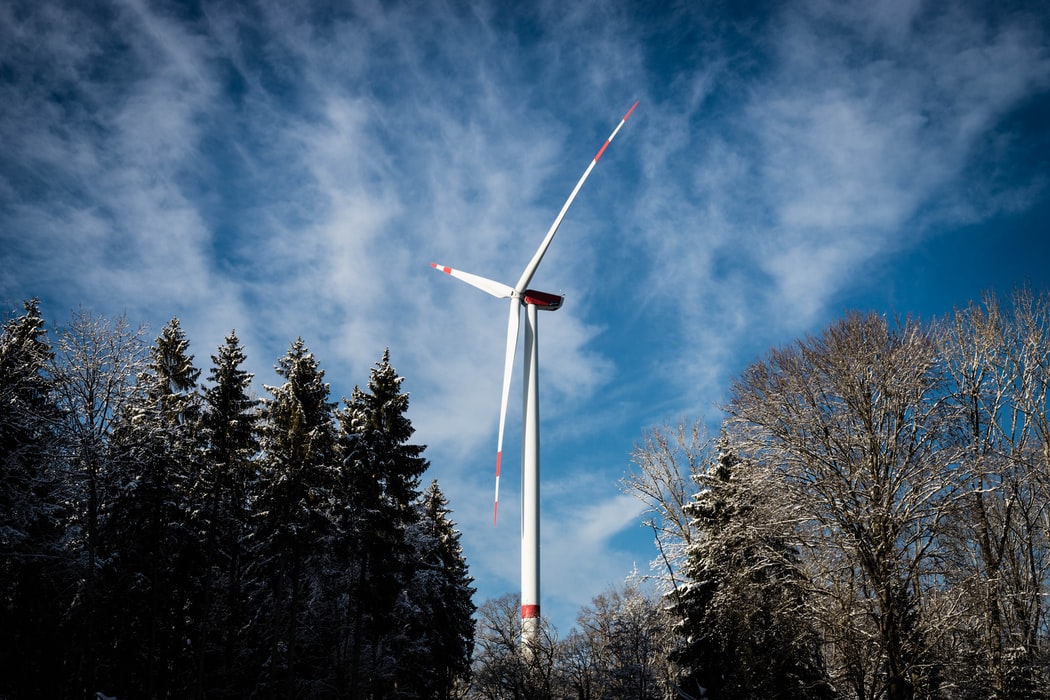
Wind energy in India:
Wind energy is one of the fastest-growing in the energy sectors of India. The government of India has set an ambitious target of producing 450 GW of renewable energy by 2030. India is currently working to meet the target of producing 175 GW of renewable energy by 2022. The states that produce and utilize most of the wind energy in India include Tamil Nadu, Kerala, Maharashtra, Rajasthan, Odisha, and Andhra Pradesh.
The world’s fourth-largest wind power market is expected to add nearly 20.2 GW of new capacity between 2021 and 2025, according to the latest report from the Global Wind Energy Council (GWEC) and MEC Intelligence (MEC+). This would boost India’s 39.2GW wind market by nearly 50% and is a clear signal that the market is bouncing back after a slowdown in recent years, according to India Wind Energy Market Outlook 2025.
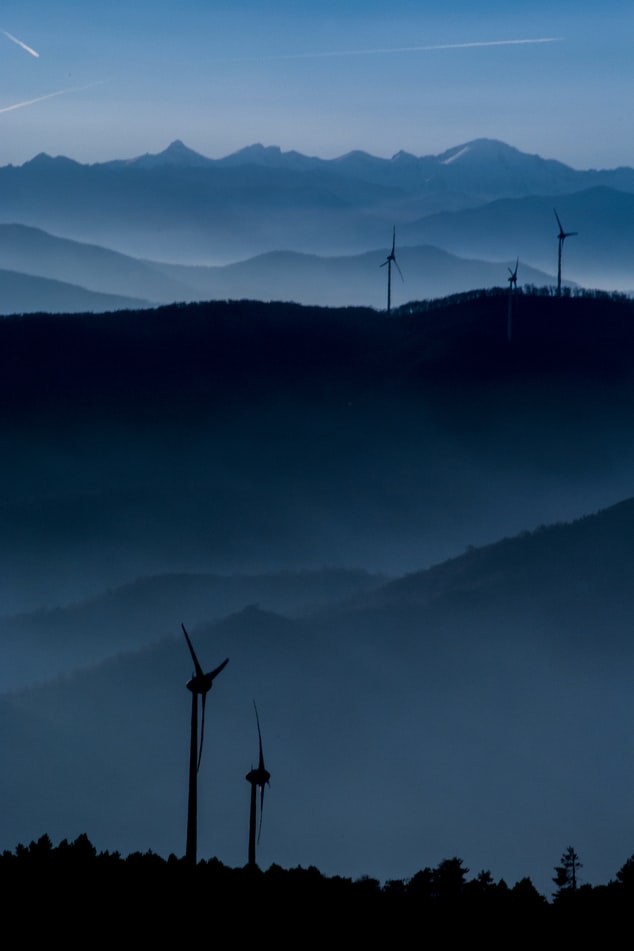
India currently has a pipeline of projects totalling 10.3 GW in both central and state tenders, which are expected to drive installations until 2023. The market post-2023 will likely be driven by nearly 10 GW of new capacity awarded to wind projects.
How Wind energy is produced?:
The process by which wind is used to generate electricity is called wind energy. When air is moved due to uneven heating of the atmosphere, variations in the earth's surface, and the earth’s rotation, it leads to the occurrence of Wind. Wind energy is produced by using the wind to turn turbines, which spins a generator that it is connected to and results in the production of electricity. Wind farms consist of many wind turbines that are connected to an electricity transmission network which allows them to deliver energy to other places. It is a renewable resource as wind is an inexhaustible source of kinetic energy. It is more effective than the traditional use of exhaustible fossil fuels to create energy, as the extraction of fossil fuels is undertaken at a great environmental cost.
Importance of World Wind Day:
There are multiple goals to celebrate World Wind Day. Its objective is to educate children and adults about the power that wind energy uses with wind turbines. It disseminates information about the benefits of wind power, and how it is profitable and competitive when compared to its substitutes. Wind energy is considered one of the cleanest and most renewable energy sources. It is also much cheaper, in some circumstances, compared to others. Wind power helps reduce CO2 emissions, which ultimately helps to have cleaner air around you.
With the changing times and advanced technologies of wind turbines, wind power generation technology has improved over the years, making it one of the most competitive energy sources. Many people ask “why wind power?” However, looking at its meaning, the answer is “why not?”.
Several events take place before World Wind Day. Plus, there are even more events on the main celebration day. There are workshops, seminars, educational tours, etc., organized to show the power and potential of wind energy. As of June 15 approaches, we wish you a very “Happy World Wind Day 2020”.
Climate change and wind energy:
Wind energy can be used as a vital alternative for electricity generation, with a study in Nature indicating that this carbon-free source could potentially supply 10-31% of the electricity worldwide by 2050. As per the Intergovernmental Panel on Climate Change projections, the contribution of wind energy to reduce greenhouse gas emissions will grow by 21% t0 25% by 2050.
Also Read: ColorOS 11 arriving on more OPPO smartphones this month
(Inputs from IANS)
